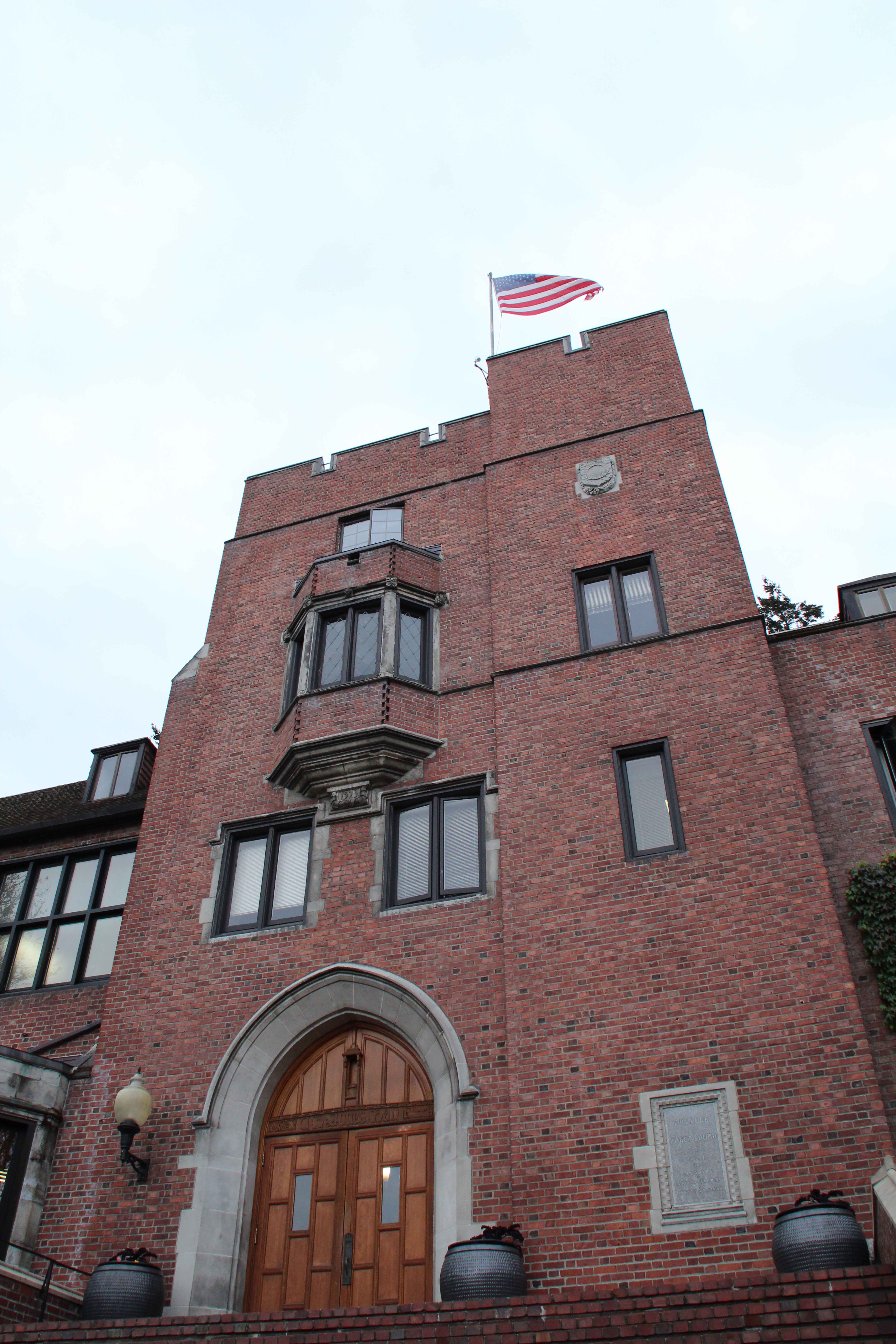
Mark Twain once wrote of the Gilded Age (the era between the end of the Civil War and the beginning of the first World War), “It is a time when one’s spirit is subdued and sad, one knows not why; when the past seems a storm-swept desolation, life a vanity and burden, and the future but a way to death.”
The Gilded Age is one of those famous eras in American history that many people might not remember once their high school history courses are finished. It was a time of great wealth for some and incredible poverty for many others.
Lately, there seems to have been a resurgence of interest in the Gilded Age particularly as it relates to our own time.
In 2008, the New York Times published a series of articles titled “The Age of Wealth” which focused on the “growing concentration of wealth” in America.
The Wall Street Journal, MSNBC and various other news outlets have published articles this year explicitly calling modern times a “new Gilded Age,” and even major European publications such as the German magazine Der Spiegel have embraced the trend.
The growing issue of wealth disparity in America is readily apparent when attending a private university.
The next generation of leaders (and followers) can be found on college campuses, surrounded by beautiful landscaping and cafés and house parties.
College can be an amazing time for those attending, as they grow intellectually and emotionally.
It can also be a bubble, isolating students from the grim realities of the world, such as in Detroit, which after years of financial decline has finally declared bankruptcy, leaving many public workers without their pensions.
In Tacoma, signs of poverty are not far from the emerald lawns of Puget Sound. A 2011 article by Tacoma Weekly reported on the steady rise of homelessness in Tacoma. At the time of that article, 11.3 percent of the population of Pierce county lived in poverty.
A college education is a powerful thing, economically speaking. The National Center for Education Statistics reports that citizens without a bachelor’s degree have an unemployment rate more than 10 percent higher than those who do have a degree.
Citizens with a bachelor’s have a median annual income of only approximately $15,000 greater than those with only a high school diploma.
Despite the importance of education in this economy, however, education continues to be a privilege many people in America do not have adequate access to.
A 2011 report by the U.S. Department of Education stated that 3,000 sampled school districts do not offer algebra II classes, and 7,000 do not offer calculus.
With so many schools in low-income areas failing to provide a median standard of education, it is difficult for many people living below the poverty line to pull themselves up.
The Gilded Age was marked by rampant inequality, and it was ended by organized movements that sought to combat social ills. Reformers combated child labor and other unfair work practices, fought for women’s suffrage and helped build schools and hospitals across the country.
In our own age of wealth and poverty, it is important to remember that society does not fix itself.
Many college graduates will go on to achieve positions of power in society.
It is important that they channel the opportunities they have been given into making the current era an age of progress, rather than an age of decay.
